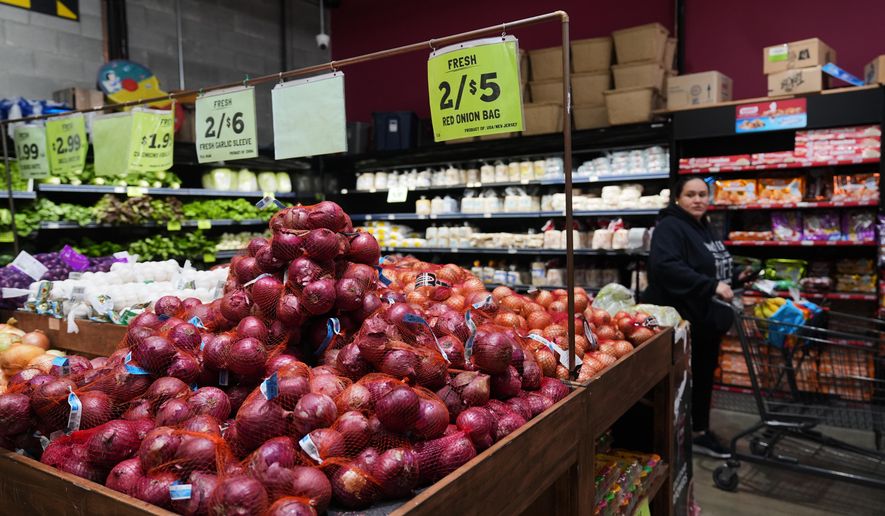A federal judge on Friday directed the Trump administration to pay out some food stamp benefits for November using contingency funds, rejecting the government’s argument that the government shutdown has effectively shuttered the program.
Judge Jack McConnell, an Obama appointee to the court in Rhode Island, said Congress allocated billions of dollars to a contingency fund that can be used to pay at least some of the money.
And U.S. District Judge Indira Talwani, an Obama appointee in Massachusetts, also ruled that the contingency funds should be used to pay some benefits under the Supplemental Nutrition Assistance Program — though her ruling gave the government until Monday to say what its plans were.
“Defendants erred in concluding that USDA is statutorily prohibited from using the contingency reserve to fund SNAP benefits during the pendency of the lapse in appropriations,” she ruled.
The decisions could blunt one of the harshest consequences of the government shutdown, which on Friday reached the end of a full month.
Some 42 million people collect food stamp benefits, a program administered by the Agriculture Department.
Funding for many government functions expired, and employees in non-essential functions were furloughed. Those still on the job haven’t gotten paychecks since September.
House Democratic leader Hakeem Jeffries of New York said the ruling laid bare the cruelty of the Trump administration’s “weaponizing hunger.”
“We’re thankful for these rulings. The law is very clear. Funds do exist within the administration for exactly this reason — a contingency fund to make sure that no one in America, the wealthiest country in the history of the world, ever goes hungry,” he said on CNN. “What the administration needs to do is comply with the law and make sure that these SNAP benefits don’t lapse.”
The dispute boils down to whether a $6 billion pot of money Congress passed as a contingency fund to last through Sept. 30, 2026, can be used to pay benefits even in the shutdown.
The Office of Management and Budget has already tapped $750 million of the contingency funding, leaving more than $5 billion available.
The Agriculture Department said the money might be there, but SNAP no longer is. And without a program, it cannot access the funds.
“It’s called a contingency fund, and by law, [the] contingency fund can only flow when the underlying fund is flowing,” Agriculture Secretary Brooke Rollins said Friday.
Besides, the administration argued, the contingency isn’t enough to cover all benefits for the month, and it can’t unilaterally impose a cut.
But Judge Talwani said SNAP is structured in the law as a mandatory benefit, and since the money exists, the government is “obligated” to use it.
She said the law allows the administration to pay benefits at a reduced rate. And she said the law allows the government to transfer funds from another program to keep SNAP operating.
Judge McConnell, ruling from the bench, said that SNAP itself hasn’t gone away — it just doesn’t have any dedicated money.
He said that’s a prime example of what the contingency fund was for.
“It’s clear that when compared to the millions of people that will go without funds for food versus the agency’s desire not to use contingency funds in case there’s a hurricane need, the balances of those equities clearly goes on the side of ensuring that people are fed,” he said, according to NBC News.
The House has passed legislation to open the government at the same spending levels as before. Senate Democrats have filibustered to block that, and have been unable to rally votes for their own proposals.
They say any move to reopen the government must be accompanied by new legislation extending pandemic-era Obamacare subsidy payments and curtailing some trims to Medicaid eligibility changes made in the Republicans’ budget law from July.
• Lindsey McPherson contributed to this story.
• Stephen Dinan can be reached at sdinan@washingtontimes.com.




Please read our comment policy before commenting.